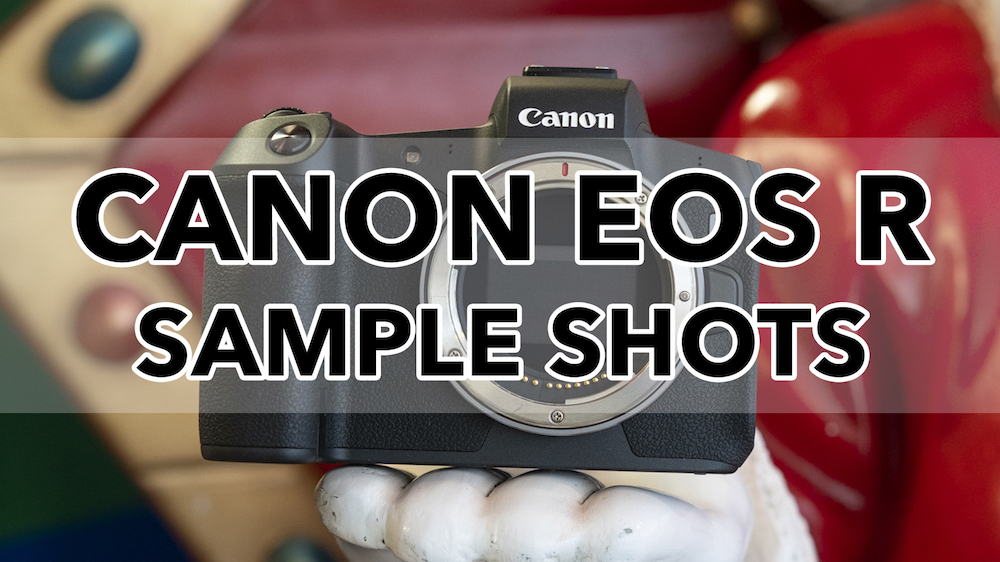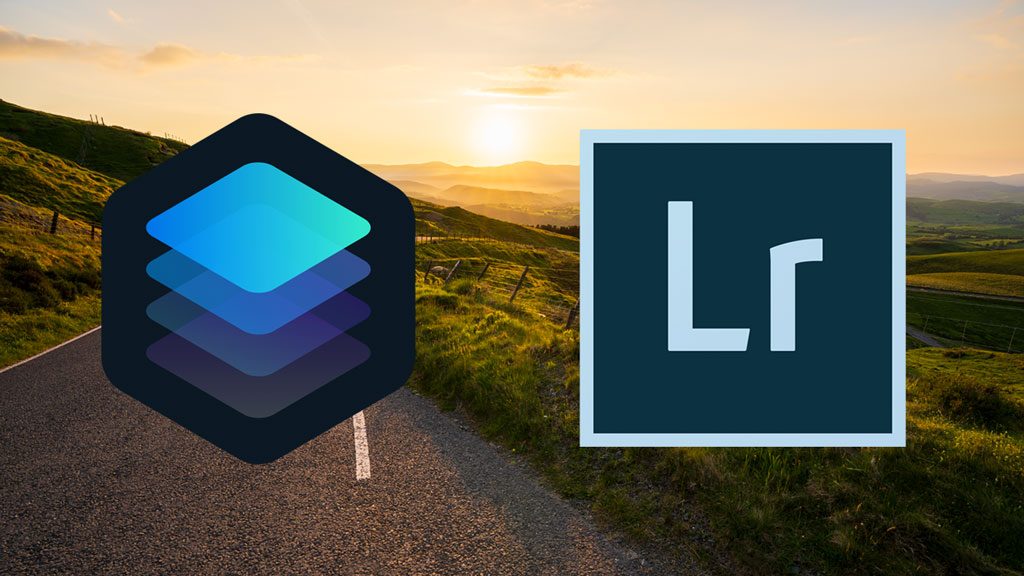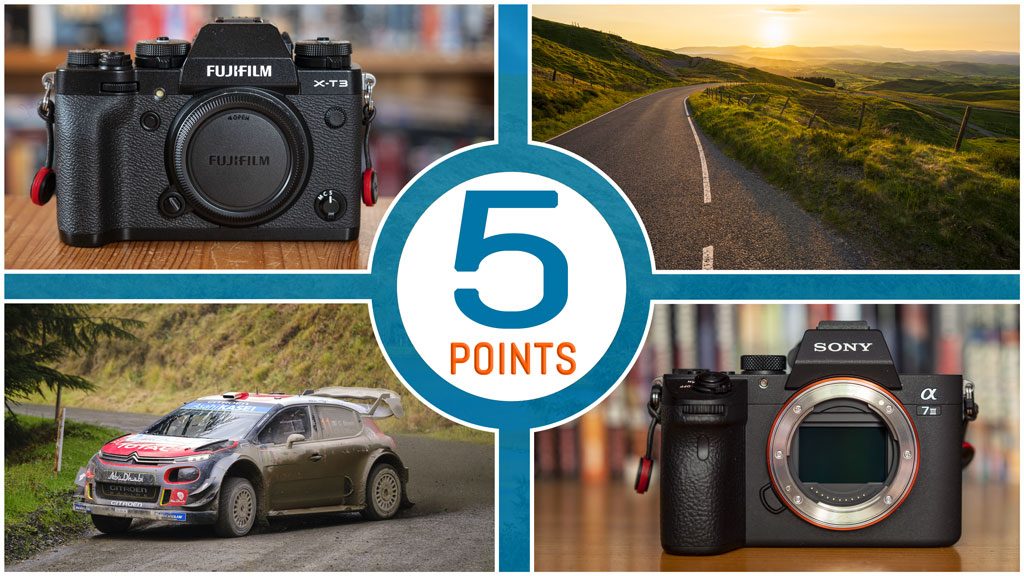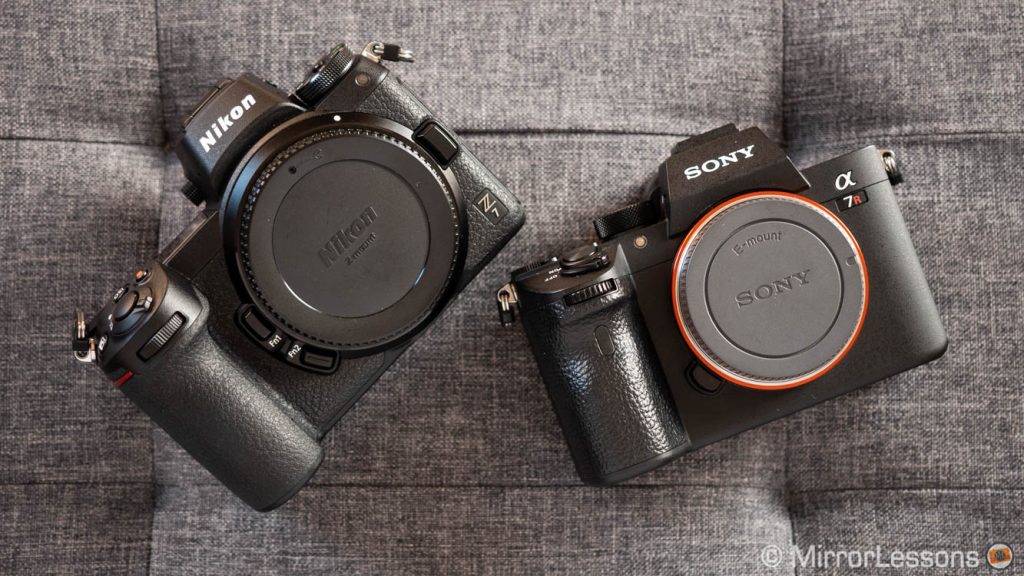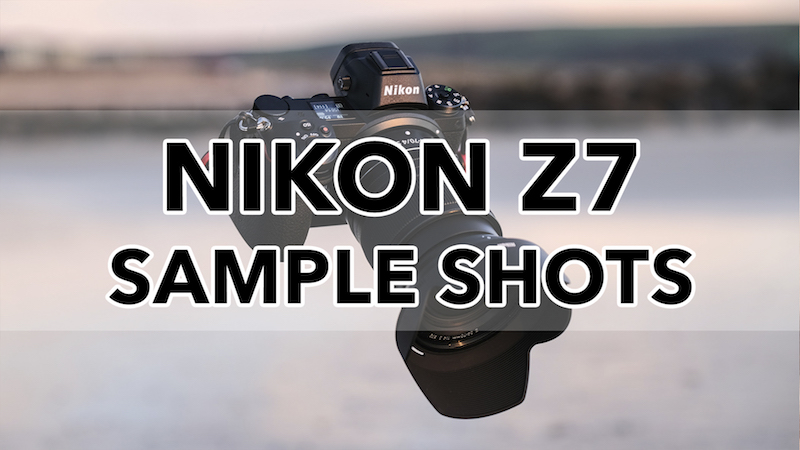Released in 2018, the Canon EOS R is the first full-frame mirrorless camera from Canon. It marks the beginning of Canon’s second mirrorless system after the EOS M APS-C series. The mount, called RF, is the same diameter as the EF DSLR mount but with a shorter flange distance. The camera was launched with four lenses including the impressive 50mm f/1.2 and world’s first 28-70mm f/2.
The EOS R features a 30.3MP sensor which is an updated version of the one found on the 5D mark IV. It has an AA filter and an ISO range of 100 to 102400 ISO. It uses Canon’s fast Dual Pixel CMOS AF with 5,566 points and can record 4K video up to 30p and 480Mbps, albeit with a heavy 1.8x crop. The burst speed is 8fps and you’ll also find a nice high resolution EVF and an excellent multi-angle touch screen. Sadly, the camera only takes one memory card.

